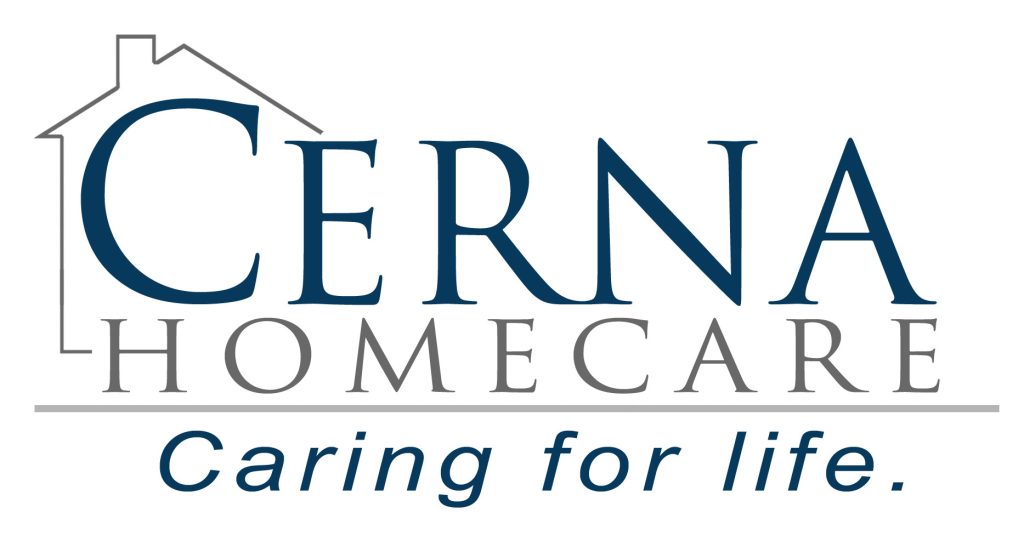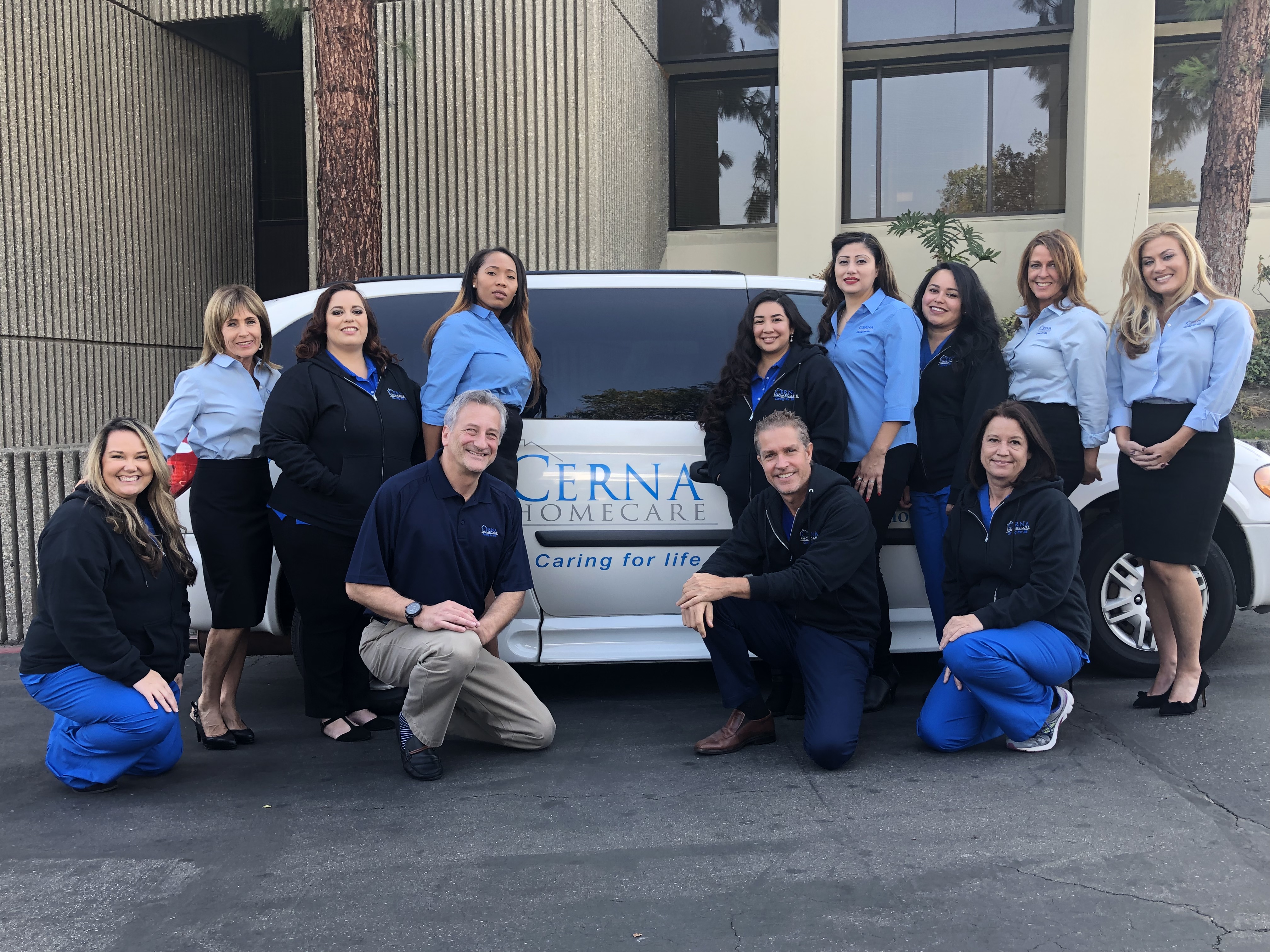by Bobby Robertson
Before I start trying to enlighten you to what I consider to be the obvious and multiple benefits of SaaS, let me make you aware that my company, HEALTHCAREfirst, pioneered SaaS in the home health and hospice market place. This fact would infer that I am biased to SaaS, but I want you to know that my bias was learned from being on both sides of the fence. 
Twenty years ago, HEALTHCAREfirst developed a DOS based system and followed that with a Windows based client server system. We started hosting our software in the late 90’s and quickly decided we needed to develop a truly web-based system for homecare. We made the investment in people and subsequently developed what is now the industry’s leading SaaS solution. The advantages of web-based software delivered in the SaaS model became evident to us and our customers immediately. So, my bias for SaaS is rooted in my experiences of running both a traditional software company and a SaaS software company. SaaS is better.
The traditional “big boy” systems of homecare, all of which were developed in the 1980’s and 1990’s, are 15-20 years old. In just a few short years, young SaaS companies are displacing the “big boy” systems weekly, purely on the merits of their functionality. This is amazing (but only to anyone that doesn’t understand SaaS)!
If you own traditional home health software or hospice software for your agency, or if you are a consultant to companies that own traditional software for their agencies, answer (or ask) the following questions to understand some obvious differences:
- How much is the upfront and on-going investment to own the software? The upfront cost of software licenses, servers, other hardware, data conversion, implementation, and more can be debilitating to precious cash. Additionally, you have on-going costs associated with traditional software; I.T. service contracts or additional staff, hardware maintenance and replacement costs, backup and disaster recovery costs, etc. With SaaS you pay a monthly fee, no servers to buy, backups and disaster recovery are included, data conversion is often free, AND…if your SaaS company isn’t meeting your business needs, you can quit paying the monthly fee and make a change (pay as you go with SaaS versus pay and pray with a traditional software model).
- How many releases did your software vendor provide in 2010? Typically, traditional software has 2-3 releases per year. SaaS companies can provide over 100 releases per year (HEALTHCAREfirst did in 2010). This ability to rapidly deploy new functionality makes it very easy to see why a five year old product can compete and/or surpass functionality of a 20 year old product.
- When releases do occur, how long does it take to deploy and how many man hours are required? SaaS is immediate with zero agency side man hours to deploy.
- What would it take (costs, time, etc) to expand your system if you decide to expand your agency via acquiring another agency or opening a new office? SaaS companies are ideal for fast growing and expanding home care companies (we’ve had multiple instances of getting a notification of a needed expansion to a database due to acquisition, and the agency bringing our software up in the acquired agency with their own teams the same week!).
After answering the above questions, I hope you can see a few of the major differences between SaaS versus traditional software. Many agencies (single location and enterprise organizations alike) realize SaaS provides them a great software system with:
- No large upfront investment
- No long-term agreement
- Easy implementations (45 days on average) with no complicated I.T. integration issues
- Rapid delivery of new functionality for real competitive advantage
The impact of SaaS on our industry is real and is happening now with momentum that is increasing every month.
I am not against the use of traditional software. My company actually has great traditional software products. In fact, if you have a good traditional software product that is meeting your needs and you don’t have significant growth plans, I’d recommend that you stay with that product. However, if you think it’s time to make a change, you may find real competitive advantage with a SaaS solution.
I welcome honest debate, so please feel free to respond with opinions to the contrary, or in support.




